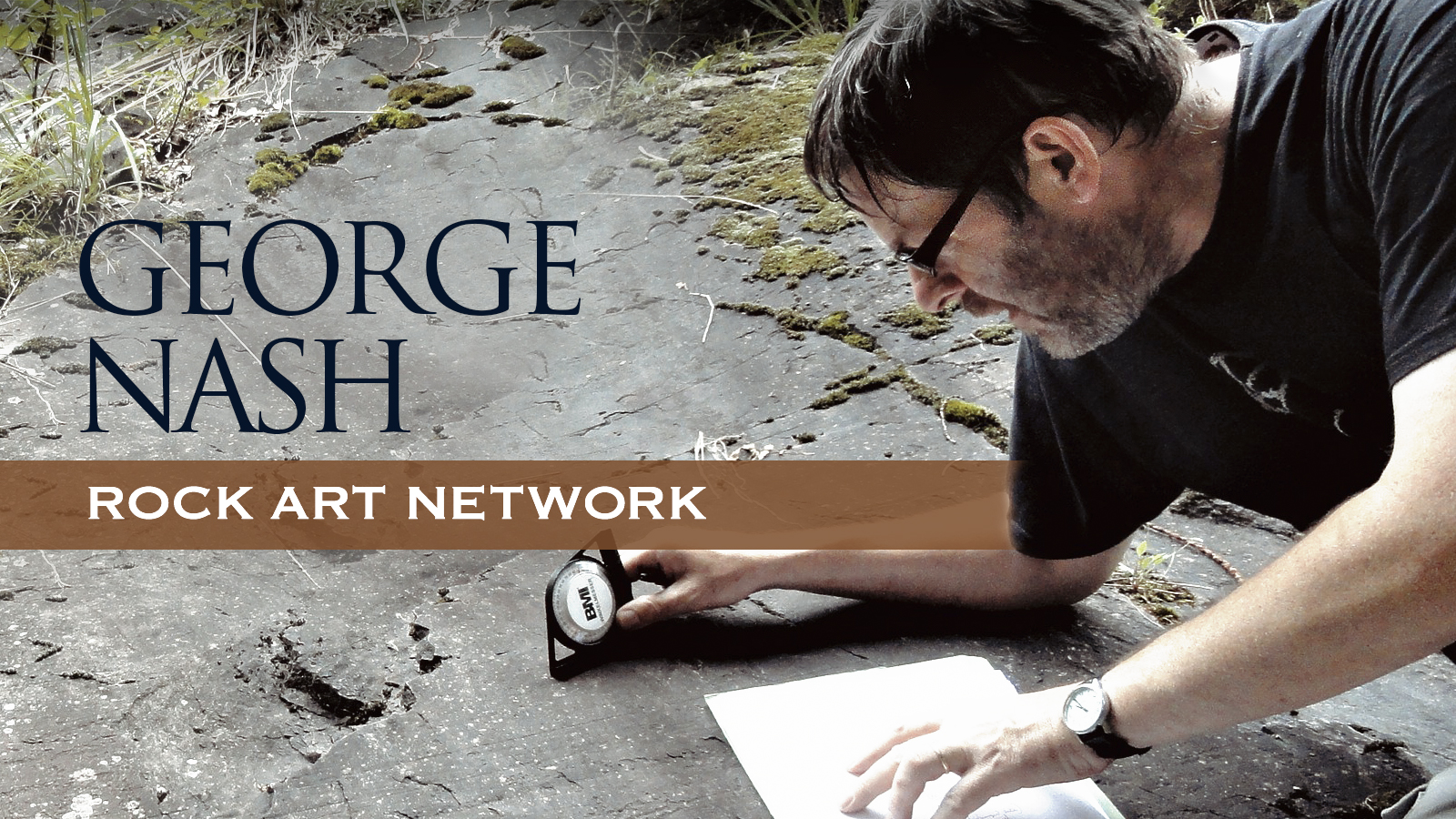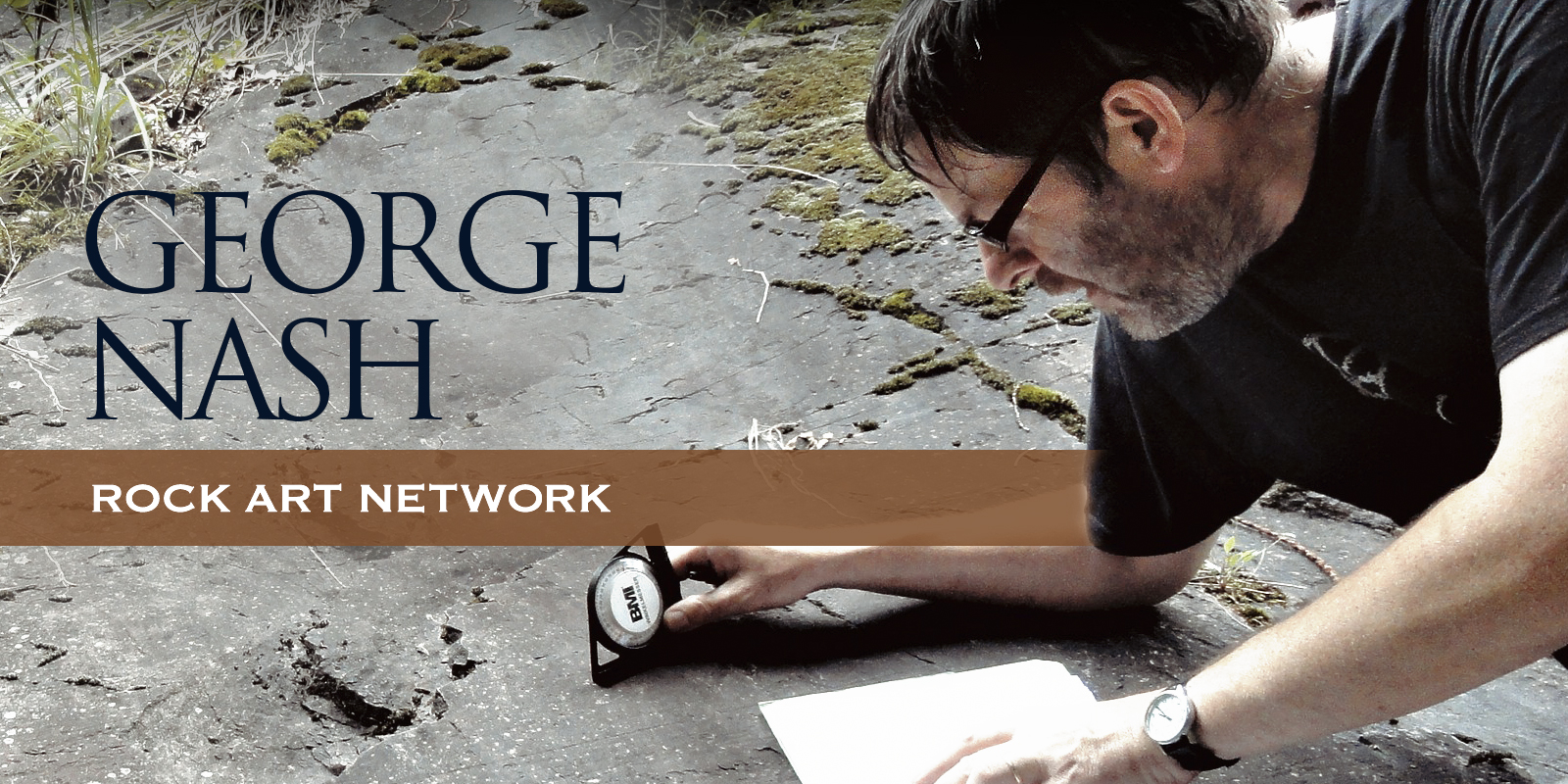


Away from academia, George is Principal Archaeologist with SLR Consulting and is responsible for SLR’s built heritage capabilities. George has over 30 years’ experience within the commercial heritage sector. George also has an extensive publishing record with over 35 authored, edited and co-edited books and 140 academic papers in print: focusing on the European post-medieval built heritage, prehistoric mortuary architecture, and prehistoric art. He is associated with a number of British and European university institutions and is a full member of the Chartered Institute for Archaeologists (MCIfA).
George has directed and project-managed many high-profile heritage projects including Westminster Hall, Palace of Westminster (London) and the Neolithic burial-ritual monuments of La Hougue Bie and Delancey Park in the Channel Islands and Arthur’s Stone (Herefordshire), Perthi Duon, Trefael and Trellyffaint in Wales. George has also undertaken many projects outside the UK including the Vâdastra Fragmentation and Experimentation Project in southern Romania (funded by the World Bank) and has recently been involved in projects in Chile, Israel, NE Brazil, central Portugal and Sardinia. In May 2018 George published through Routledge the book Archaeologies of Rock Art: South American Perspectives. In 2017-18, George undertook fieldwork in Namibia for NamPower in advance of the installation of a biomass encroacher.
Since 2014 until present George is co-director in one of Britain’s largest dendrochronology projects – The Tilley Timber Project - funded by the Heritage Lottery Fund (a study of the chronological development of 35 timber-framed buildings). This is one of a number of heritage projects where George has successfully obtained external grant assistance (prepared the bid and then project managed its delivery).
Over the past 20 years George has advised, written and presented programmes for television including 'Marking Time’, 'Monsters We Met', 'Talking Landscapes' and 'The Natural History of Britain'. In 2008 he researched and presented five programmes for the BBC entitled 'The Drawings on the Wall'. Since 2010 George has provided expertise commentary on an array of subjects for radio and television.
In his native Wales, George is about to undertake a nation-wide survey of all prehistoric rock art sites. George, along with colleague Aron Mazel organise the British Rock Art Group (BRAG) annual conferences each year. As part of our publishing commitments, George and Aron will be producing our second edited book on the rock art of the Britain and Ireland (due out in late 2020).
In 2019, George, along with co-director Dr Sara Garcês, launched an international interactive website - The 1902 Committee (Go to: https://www.1902committee.com/) This new website provides up to date news and views from around the world. The name of new website derives from when scientists began to seriously take note that rock art from the northern Spanish Cave of Altamira and caves within the Dordogne of South-western France was truly ancient. The Cave of Altamira was the first cave to receive scientific and public prominence when painted images were discovered there in 1879. This outstanding polychrome rock art assemblage was researched and promoted by Marcelino Sanz de Sautuola and Juan Vilanova y Piera in 1880 at the Prehistorical Congress in Lisbon. However, the discovery was fiercely criticised by the archaeological establishment, led by French specialists Gabriel de Mortillet and Émile Cartailhac. Their vicious attacks on Sautuola and Piera claimed that the Altamira paintings were a forgery and had been produced by a local artist. Following the discovery of paintings elsewhere, the forgery claims were retracted and the Sautuola and Piera hypothesis largely accepted. Following the ridiculing of the archaeological establishment, Cartailhac published a full apology in his paper 'Mae culpa d'un sceptique' in the leading French academic journal L'Anthropologie.
→ Members and affiliated institutions of the Rock Art Network
by
George Nash
5/09/2024 Recent Articles
→ Sigubudu: Paintings of people with guns in the northern uKhahlamba-Drakensberg
by Aron Mazel
22/07/2024
by Richard Kuba
13/06/2024
by Meenakshi Dubey-Pathak
8/03/2024
by Rock Art Network
6/02/2024
by Rock Art Network
14/12/2023
by Sam Challis
5/12/2023
by Aron Mazel
30/11/2023
by Sam Challis
21/11/2023
by Sam Challis
15/11/2023
by Sam Challis
10/11/2023
by Rock Art Network
6/11/2023
by Rock Art Network
3/11/2023
by Aron Mazel
2/11/2023
by Meenakshi Dubey-Pathak
26/09/2023
by Paul Taçon
24/08/2023
by Aron Mazel
13/06/2023
by Paul Taçon
5/06/2023
by Paul Taçon
15/03/2023
by George Nash
14/03/2023
by Noel Hidalgo Tan
10/02/2023
by George Nash
01/02/2023
by Meenakshi Dubey-Pathak, Pilar Fatás Monforte
29/11/2022
by Aron Mazel, George Nash
21/09/2022
by Paul S.C. Taçon, Sally K. May, Ursula K. Frederick, Jo McDonald
07/07/2022
by Meenakshi Dubey-Pathak
26/07/2022
by Paul Taçon
20/07/2022
by David Coulson
16 June 2022
by Paul Taçon
25 April 2022
by Noel Hidalgo Tan
20 April 2022
by Meenakshi Dubey-Pathak
14 March 2022
by Carolyn Boyd & Pilar Fatás
02 March 2022
by David Coulson
07 February 2022
by Johannes H. N. Loubser
06 February 2022
by Meenakshi Dubey-Pathak
05 February 2022
by Aron Mazel
28 January 2022
by Aron Mazel
8 September 2021
by David Coulson
17 August 2021
by Ffion Reynolds
21 June 2021


by Aron Mazel
22/07/2024
by Richard Kuba
13/06/2024
by Meenakshi Dubey-Pathak
8/03/2024
by Rock Art Network
6/02/2024
by Rock Art Network
14/12/2023
by Sam Challis
5/12/2023
by Aron Mazel
30/11/2023
by Sam Challis
21/11/2023
by Sam Challis
15/11/2023
by Sam Challis
10/11/2023
by Rock Art Network
6/11/2023
by Rock Art Network
3/11/2023
by Aron Mazel
2/11/2023
by Meenakshi Dubey-Pathak
26/09/2023
by Paul Taçon
24/08/2023
by Aron Mazel
13/06/2023
by Paul Taçon
5/06/2023
by Paul Taçon
15/03/2023
by George Nash
14/03/2023
by Noel Hidalgo Tan
10/02/2023
by George Nash
01/02/2023
by Meenakshi Dubey-Pathak, Pilar Fatás Monforte
29/11/2022
by Aron Mazel, George Nash
21/09/2022
by Paul S.C. Taçon, Sally K. May, Ursula K. Frederick, Jo McDonald
07/07/2022
by Meenakshi Dubey-Pathak
26/07/2022
by Paul Taçon
20/07/2022
by David Coulson
16 June 2022
by Paul Taçon
25 April 2022
by Noel Hidalgo Tan
20 April 2022
by Meenakshi Dubey-Pathak
14 March 2022
by Carolyn Boyd & Pilar Fatás
02 March 2022
by David Coulson
07 February 2022
by Johannes H. N. Loubser
06 February 2022
by Meenakshi Dubey-Pathak
05 February 2022
by Aron Mazel
28 January 2022
by Aron Mazel
8 September 2021
by David Coulson
17 August 2021
by Ffion Reynolds
21 June 2021
Friend of the Foundation


by Aron Mazel
22/07/2024
by Richard Kuba
13/06/2024
by Meenakshi Dubey-Pathak
8/03/2024
by Rock Art Network
6/02/2024
by Rock Art Network
14/12/2023
by Sam Challis
5/12/2023
by Aron Mazel
30/11/2023
by Sam Challis
21/11/2023
by Sam Challis
15/11/2023
by Sam Challis
10/11/2023
by Rock Art Network
6/11/2023
by Rock Art Network
3/11/2023
by Aron Mazel
2/11/2023
by Meenakshi Dubey-Pathak
26/09/2023
by Paul Taçon
24/08/2023
by Aron Mazel
13/06/2023
by Paul Taçon
5/06/2023
by Paul Taçon
15/03/2023
by George Nash
14/03/2023
by Noel Hidalgo Tan
10/02/2023
by George Nash
01/02/2023
by Meenakshi Dubey-Pathak, Pilar Fatás Monforte
29/11/2022
by Aron Mazel, George Nash
21/09/2022
by Paul S.C. Taçon, Sally K. May, Ursula K. Frederick, Jo McDonald
07/07/2022
by Meenakshi Dubey-Pathak
26/07/2022
by Paul Taçon
20/07/2022
by David Coulson
16 June 2022
by Paul Taçon
25 April 2022
by Noel Hidalgo Tan
20 April 2022
by Meenakshi Dubey-Pathak
14 March 2022
by Carolyn Boyd & Pilar Fatás
02 March 2022
by David Coulson
07 February 2022
by Johannes H. N. Loubser
06 February 2022
by Meenakshi Dubey-Pathak
05 February 2022
by Aron Mazel
28 January 2022
by Aron Mazel
8 September 2021
by David Coulson
17 August 2021
by Ffion Reynolds
21 June 2021
Friend of the Foundation















